*Produced by SilverKris for Asian Civilisations Museum*
Now that museums in Singapore are open again, style and design fans should check out the new permanent galleries, located on the third floor of the Asian Civilisations Museum (ACM), which underwent a recent refresh and reopened in April 2020.
Already a leading museum of Asian antiquities and decorative arts, with a staggering collection spanning centuries and many countries, the ACM’s newest opening builds on the Trade galleries on the first floor, and the Faith & Belief galleries on the second floor.
Collectively known as Materials and Design – comprising Fashion & Textiles, Jewellery, and Ceramics galleries – the third floor has been several years in the making and houses some of the most visually striking objects from the museum’s collection. Together, they bear testimony to the long and sophisticated tradition of craftsmanship and artistry in Asia, and the ways in which imperial and courtly societies have approached matters of taste and identity.
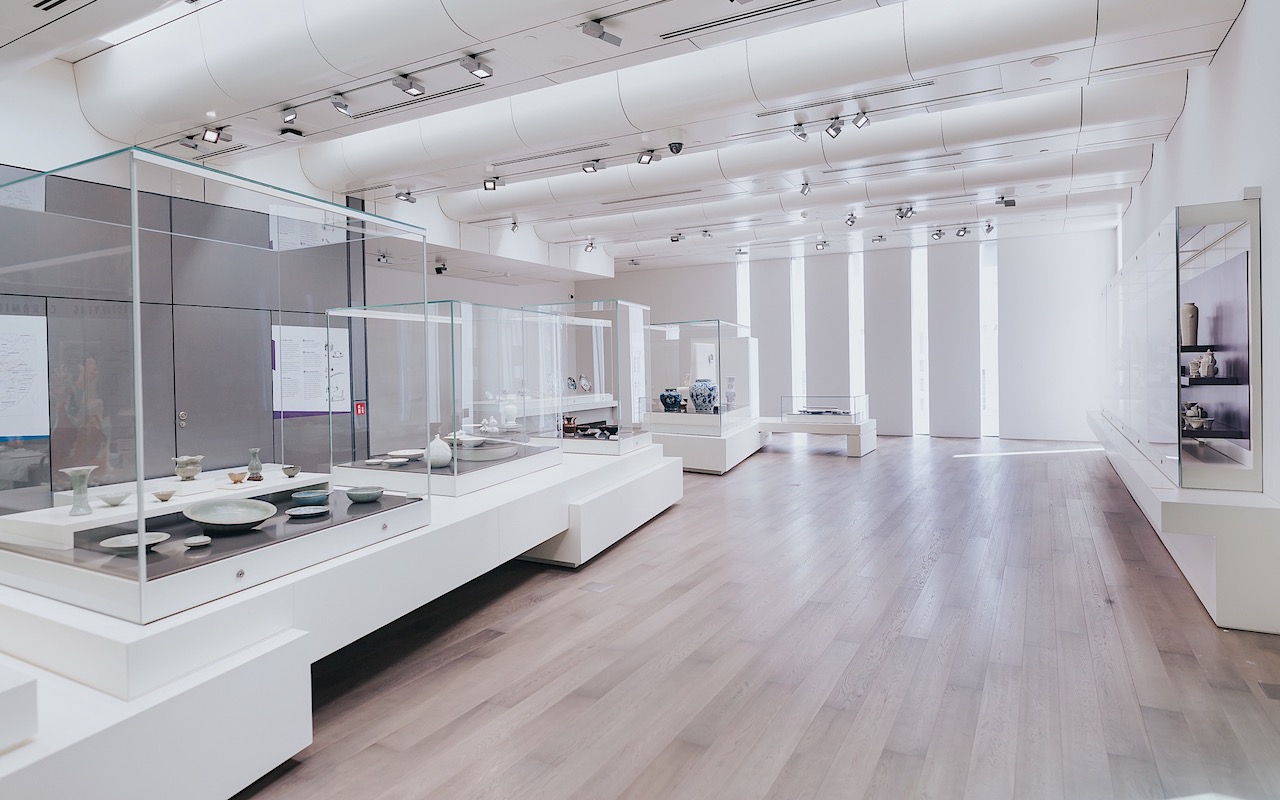
Among the 400 pieces are fascinating stories, both recent and ancient: how a husband-wife team in Jiangsu province collaborated on a very unusual teapot, or why a Peranakan woman of the Straits Settlements may have commissioned an elaborate diamond-studded gold belt, to list just a couple.
Here’s a sneak peek of the most intriguing artefacts you can see up close at the ACM’s new galleries.
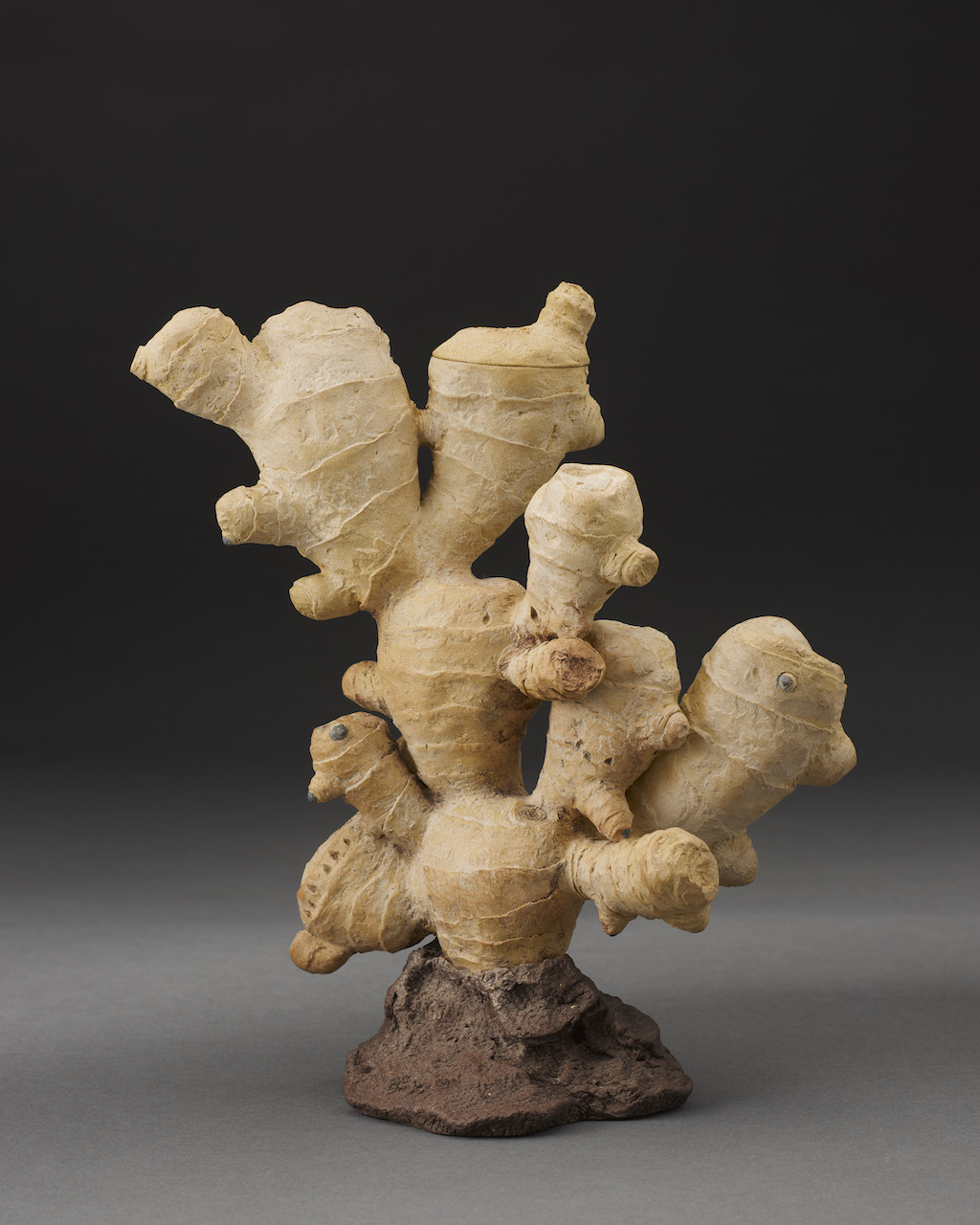
1. An odd ginger root teapot
The galleries’ most striking exhibit might be one of its most recent. Collaboratively made by husband-wife potters from Yixing county in China’s Jiangsu province, this functional and envelope-pushing teapot depicts a realistic ginger root growing out of the earth. Yixing is a pottery capital in China, thanks to its rich deposits of a malleable and fine-grained clay that makes bold designs like these possible.
While the teapot itself dates back only to the late 20th-century, it’s a reminder of China’s historic status as a pioneer in porcelain and ceramics techniques, whose wares were prized from Japan to as far away as Europe.
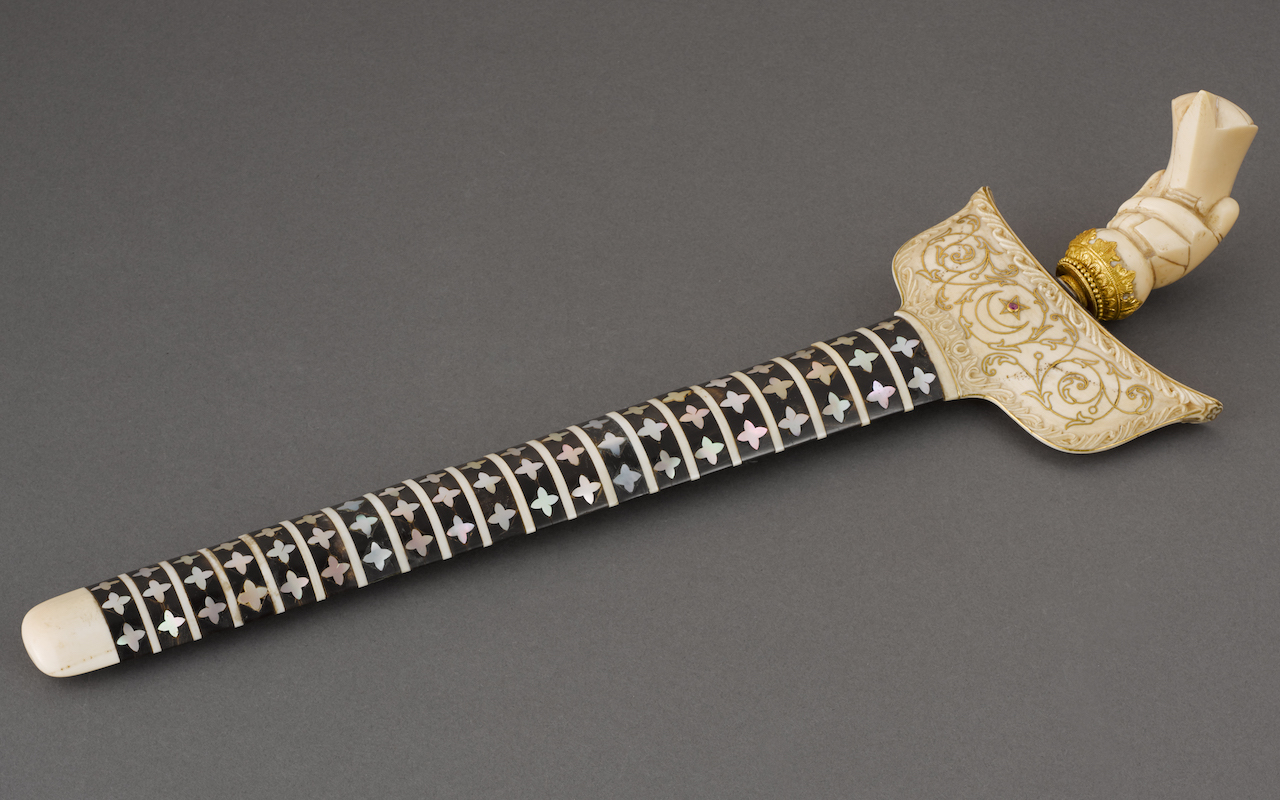
2. A mother-of-pearl kris
It goes without saying that the kris has long cultural roots in the Nusantara. Often a marvel of craftsmanship and a marker of status, the best were handed down through the generations. They were also believed to have supernatural powers, imparting protection to their bearers. What makes this early-20th-century specimen from Northern Sumatra unusual is the decorative mother-of-pearl inlays in buffalo horn, indicating an Ottoman influence in line with the imported goods of the time.
The ACM’s Jewellery gallery captures the melting pot that archipelagic Southeast Asia has historically been, with Persian, Indian, Ottoman, Chinese, Hindu, Buddhist and Islamic influences. The collection also includes copper and gold headdresses and armbands from Sumatra and more recent gold Peranakan belts from the Straits Settlements.
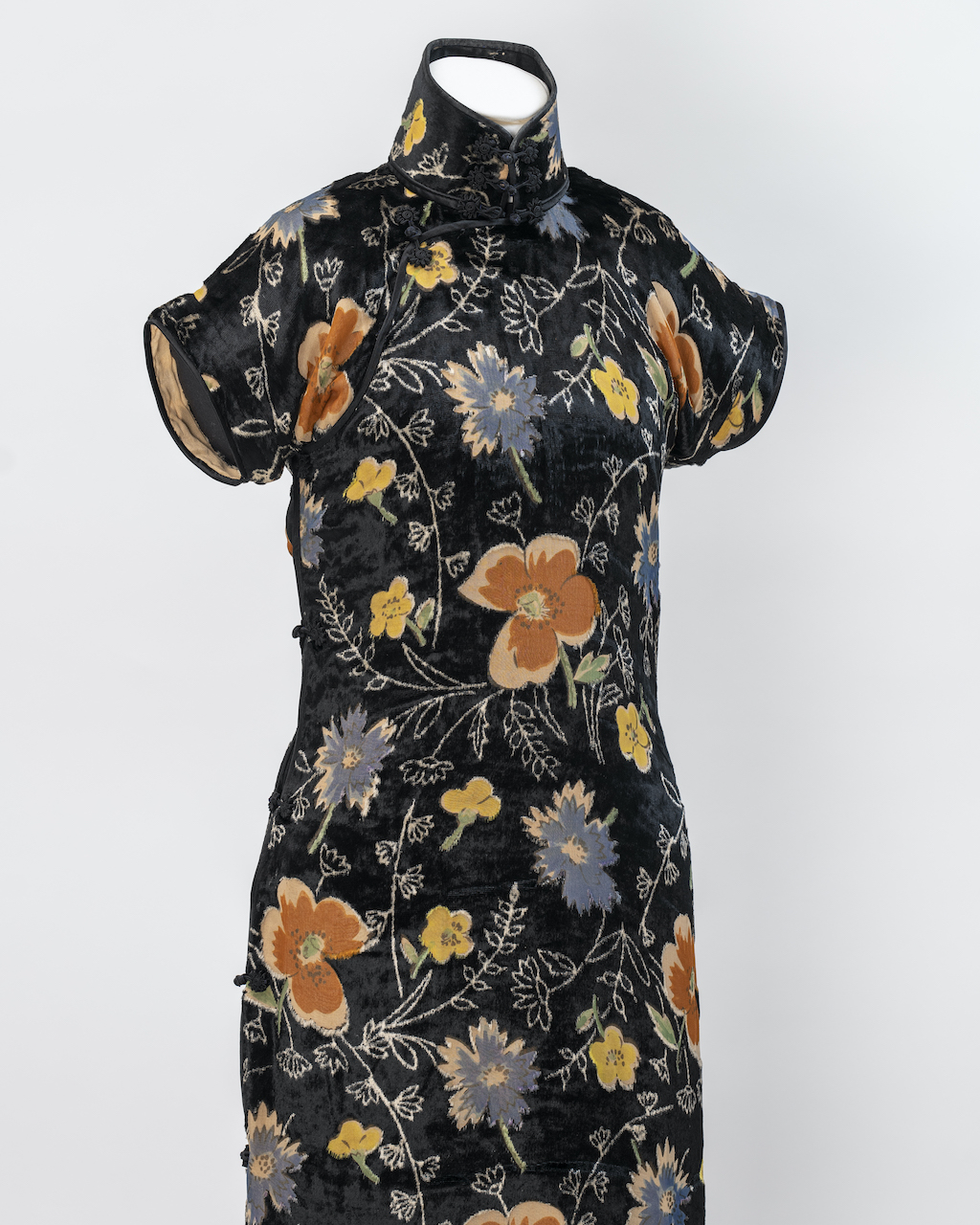
3. A 1930s French-inspired qipao
The qipao is understood to be quintessentially Chinese, but the real story is more complex. While a striking garment on its own, this silk and velvet specimen from the 1930s is richly coded with early 20th-century Chinese history. Its form-fitting cut, French devoré silk and bold floral patterns are all indicative of the post-imperial Republican era, when educated, urban women favoured a new, hybrid fashion with strong influences from Europe.
This gorgeous piece is one of 41 fascinating garments in the ACM’s Fashion & Textiles gallery (which will be rotated annually), each with a rich backstory. “Fashion Revolution: Chinese Dress from the late Qing to 1976” also includes gold-threaded court robes from the mid-1800s – the final decades of imperial China – as well as wool “Mao suits” of the 1970s, designed to eliminate the social stratifications of the past.
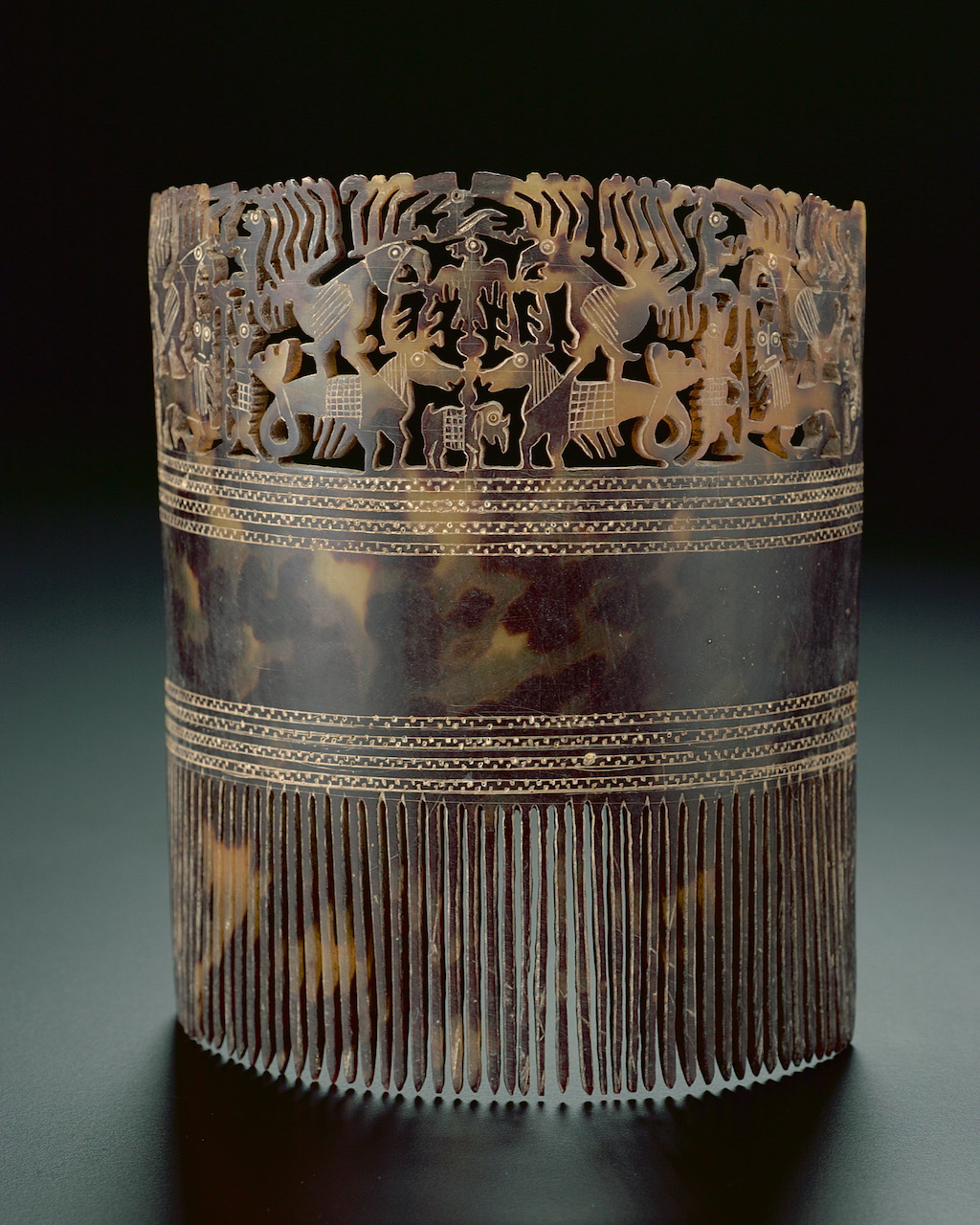
4. A comb depicting the heavens
The Sumba people of eastern Indonesia’s Sumba Island have retained much of their old culture despite outside influences in the region over the centuries. This intricate late-19th-century comb is a symbol both of their belief system as well as their interactions with other groups. It’s made of tortoiseshell, which the Sumba people traded for Portuguese, Mexican and Dutch coins during the colonial period, as well as precious metals. The Upper World is represented via birds, while the Lower World is shown via crocodiles. The deer in between represent royalty on earth.
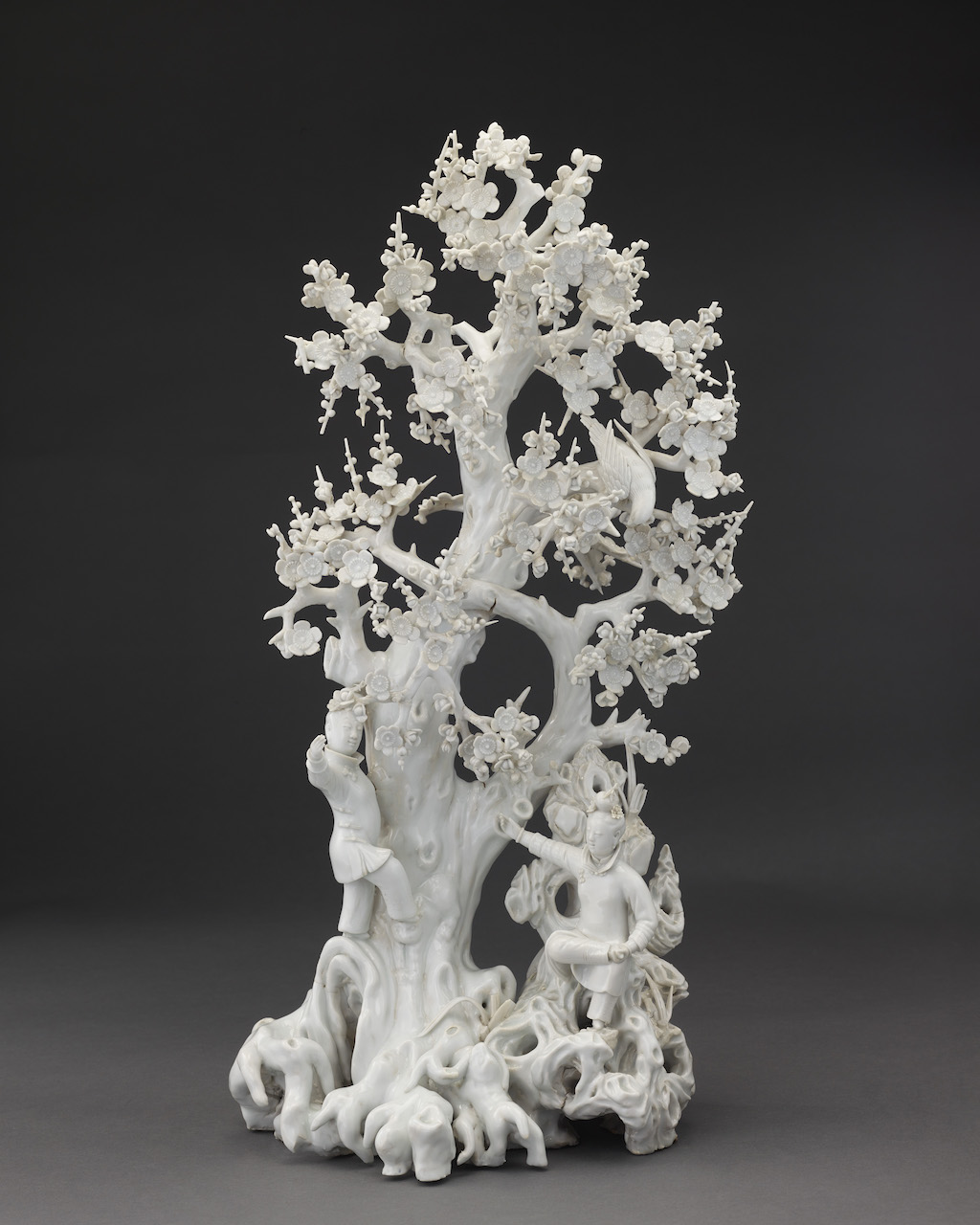
5. A plum tree made of porcelain
At 55cm tall, this astonishingly detailed piece is among the largest and most complex Dehua porcelain specimen ever created. Prior to the 17th century, China had a global monopoly on porcelain, being the only culture that knew how to make and fire it, and Chinese kilns in various regions that specialised in different techniques and colours. This piece is believed to have been created for the European market.
This sculpture is part of the ACM’s exhaustive Chinese ceramics collection, ranging from the Neolithic period to the Qing dynasty and beyond, some of which is on display at the Ceramics gallery.
These five masterpieces are only a fraction of the exhibits on display at the new Materials and Design galleries. And despite recent trends favouring mid-century Scandinavian and other European decorative styles, a meander through the ACM’s third floor is a much-needed reminder that Asia’s own sophisticated design traditions have endured for over a thousand years into the present moment, and are worth preserving for a thousand more.
The post 5 astonishing artefacts at the Asian Civilisations Museum’s new permanent galleries appeared first on SilverKris.
from SilverKris

No comments:
Post a Comment